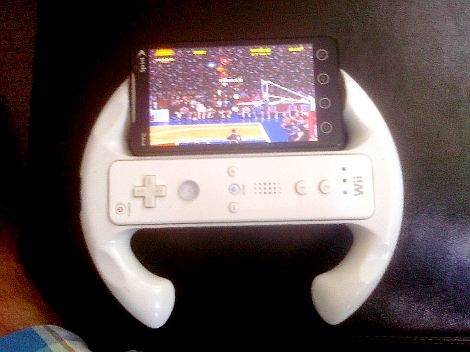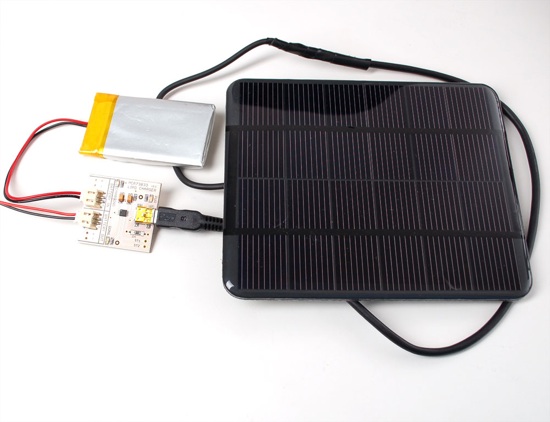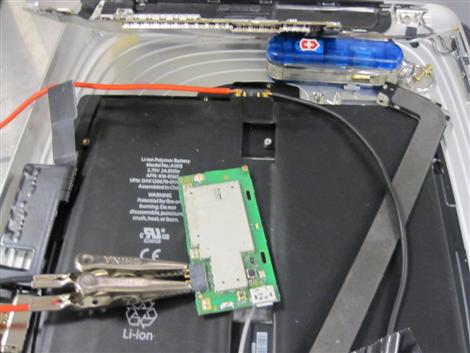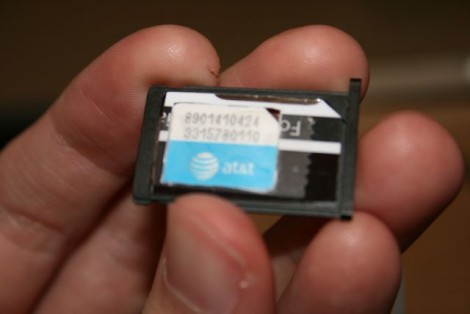
[Nicholas Petty] has posted a guide to setting up your iPhone as a penetration tester. You already carry it around with you and, although not too beefy, it does have the hardware you need to get the job done. So if you’re not interested in building a drone or carrying around a boxy access point try this out. The first step is to jailbreak your device and setup OpenSSH so that you can tunnel in for the rest of the setup. From there the rest of the setup is just acquiring build tools and compiling pentesting programs like Aircrack-ng, Ettercap, Nikto2, and the Social Engineering Toolkit. You’ll be up to no good testing your wireless security in no time.















